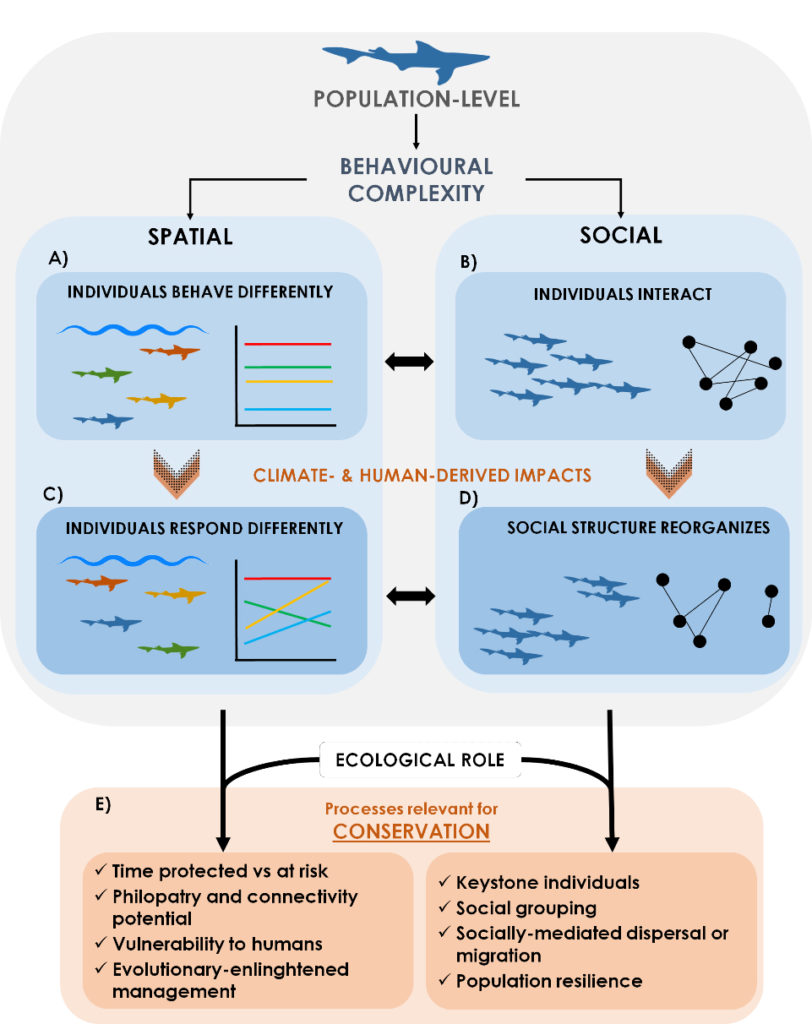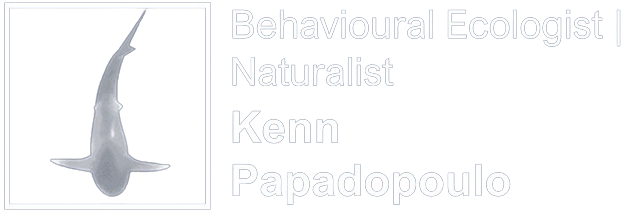Projects
BELAS

-- 2024-2026
Conservation behaviour of marine resources at the spatial-social interface: the case of coastal elamobranchs.
271 250 € – Proyectos de Generación de Conocimiento 2022. Plan Estatal de Investigación Científica y Técnica y de Innovación 2021-2023. Agencia Estatal de Investigación. Ministerio de Ciencia e Innovación.
Partners of the project: Department of Ecology and Marine Resources, IIM-CSIC (Spain) | Institute of Marine Research, IMR (Norway) | University of Lancaster (England).
PI: David Villegas-Ríos (IIM-CSIC).

The Project
The BELAS project represents a cutting-edge endeavor that integrates state-of-the-art methodology and innovative concepts in behavioral and conservation science to enhance the sustainability of marine resources. This project aligns perfectly with thematic priority #6 of the Spanish Plan for Scientific and Technical Research and Innovation (PEICTI) 2021-2023, focusing on food security, bioeconomy, natural resources, and the environment.
At its core, BELAS aims to address key gaps in understanding fish behavior and its implications for conservation strategies. By incorporating individual variation and social behavior into conservation efforts, BELAS directly contributes to global agendas such as the EU Biodiversity Strategy for 2030 and the UN Sustainable Development Goals, particularly SDG 14.2 and SDG 14.5. These goals emphasize the importance of sustainably managing and protecting marine ecosystems, including through the establishment of marine protected areas (MPAs).
The project’s hypotheses are grounded in the recognition that traditional single-species management strategies have not fully addressed the complex challenges facing fish populations, particularly in the face of environmental change and increasing anthropogenic pressures. By focusing on individual-level variation in behavior and social interactions, BELAS aims to fill critical gaps in our understanding of fish ecology and conservation.
One key hypothesis of BELAS is that individual variation in behavior is widespread in fish populations and plays a crucial role in ecological and evolutionary processes. By studying behavior at multiple temporal and spatial scales, the project seeks to uncover the underlying mechanisms driving population dynamics and ecosystem function.
Furthermore, BELAS addresses the need to move beyond traditional approaches to fish behavior research, which often focus on population-level averages and overlook individual-level variation and social dynamics. By employing innovative methodologies, including high-resolution telemetry and multiscale analyses, BELAS aims to provide unprecedented insights into the behavioral complexity of fish populations.
In terms of expected contributions, BELAS will provide critical knowledge about the spatial and social behavior of coastal elasmobranchs in Galicia, a region with significant economic dependence on marine resources. By understanding the movement patterns and social dynamics of key species, the project aims to inform more effective conservation and management strategies, ultimately contributing to the sustainable use of natural resources and food security.
Overall, BELAS represents a pioneering effort to bridge the gap between behavior research and conservation practice, with the potential to transform our understanding of fish ecology and inform more effective management strategies in the face of environmental change.

Figure. Conceptual figure of BELAS . The main objective is to understand overlooked levels of behavioural complexity to improve fish conservation. On the one hand, we will consider individual variation in spatial behaviour, represented in A) as different individuals moving at different depths. On the other hand, as shown in B) we will look at social structure, i.e. the patterns resulting from social interactions. In a dynamic world with changing conditions, both levels of behavioural complexity can be affected by external factors. Individuals can potentially differ in their response to those changes, as illustrated in C), with some individuals moving to different water layers and others not. Social structure, in D), may also be re organized. Altogether, behaviour at these levels convey certain process that are key for conservation, with some examples in E). Importantly, as represented by the thick black arrows, variation at social and spatial levels can interact.





